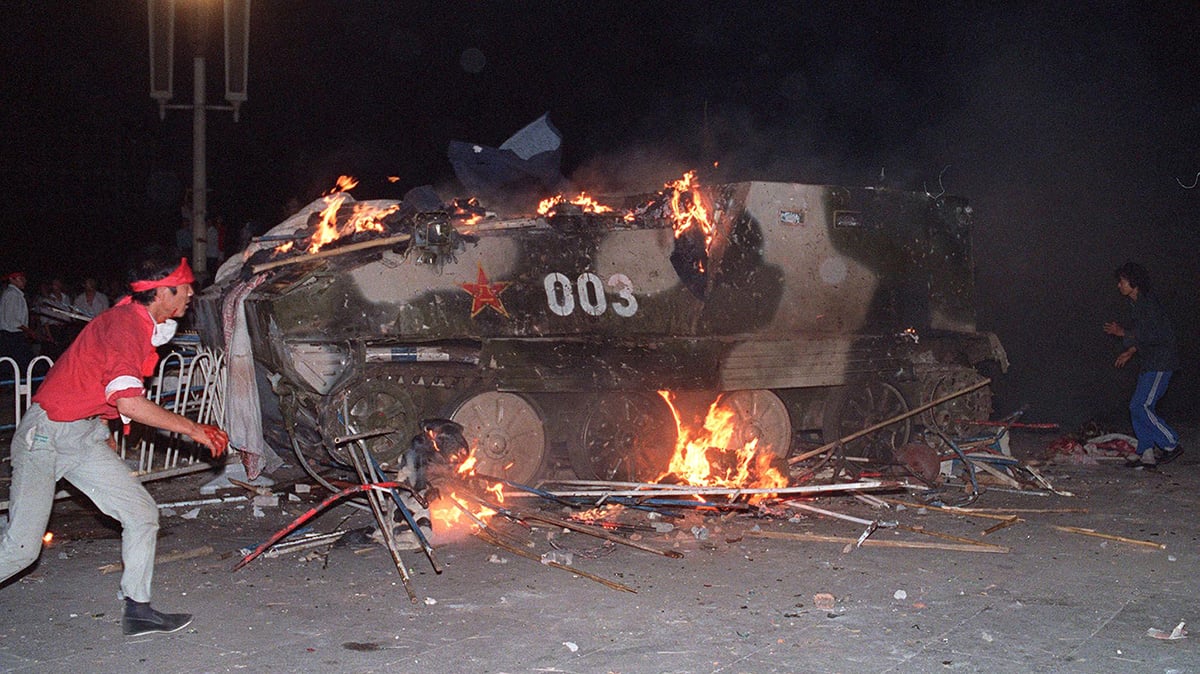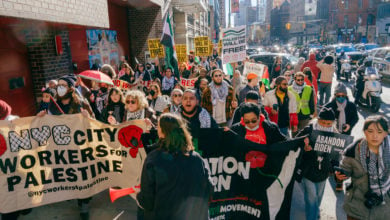According to the Sri Lankan military, Sri Lanka’s airforce carried out a series of air attacks against Tamil Tiger targets on Nov. 29, including a guerrilla training camp. The latest attacks reaffirm the Sri Lankan government’s commitment to the military path only two days after Tamil Tiger leader Vellupillai Prabhakaran announced that the Sri Lankan government is living in a “dreamland of military victory.”
|
The fighting escalated as the Tamil people celebrated Heroes Week. The week marks the anniversary of the death of the first fighter of the Liberation Tigers of Tamil Eelam in combat on Nov. 26, 1982. The LTTE, popularly known as Tamil Tigers, have been fighting for an independent state in their traditional homeland in northern Sri Lanka since 1972.
The military offensive has had a devastating impact on civilians. Tamil aid officials have estimated that more than 230,000 people have been driven from their homes in the last few months of fighting. In January, the Sri Lankan government unilaterally pulled out of a cease-fire in effect since 2002. The government has rejected LTTE calls for a new cease-fire.
Lawmakers in the south Indian state of Tamil Nadu unanimously passed a resolution calling on Indian Prime Minister Manmohan Singh to demand that the Sri Lankan government negotiate with the LTTE and end the military offensive. According to the United Nations High Commissioner for Refugees, approximately 73,000 Sri Lankans, most of them Tamil, are now refugees in Tamil Nadu.
The struggle in Sri Lanka has roots in classic British imperialist divide-and-conquer tactics. Approximately 74 percent of the population is Sinhalese, and 18 percent Tamil. Both groups had lived on the island with separate, independent cultures for more than a thousand years before being subjected to European rule. After first being colonized by the Dutch and the Portuguese, the island was later ceded to the British.
Unlike the Dutch and the Portuguese, the British forced the Sinhalese and Tamils together under a unified system of colonial rule. Following a familiar pattern, the British colonial rulers then pitted the groups against one another. When the country attained formal independence in 1948, the stage was set for what has become a long, bloody conflict. The Tamil people, once privileged under British rule, would face severe oppression under the Sinhalese-dominated state.
In an attempt to demonize their liberation struggle, the U.S. government has labeled the LTTE a “terrorist organization.” Although the corporate media may broadly amplify this claim about the Tamil struggle, other voices are attracting widespread attention. The minority Tamils only started an armed struggle after attempts at nonviolent protest were met with violent government repression.
Mathangi Maya Arulpragasam, the vocal artist popularly known as M.I.A., is the daughter of a Tamil Tiger freedom fighter. The first of her two politically charged albums, Arular, is named after her father. In a recent interview, she sharply criticized the “terrorist” label: “America has successfully tied all these pockets of independence struggles, revolutions and extremists into one big notion of terrorism. You can’t grab someone by the neck and choke them and then complain they’re kicking you. If you’re going around oppressing people, they will fight back.”






